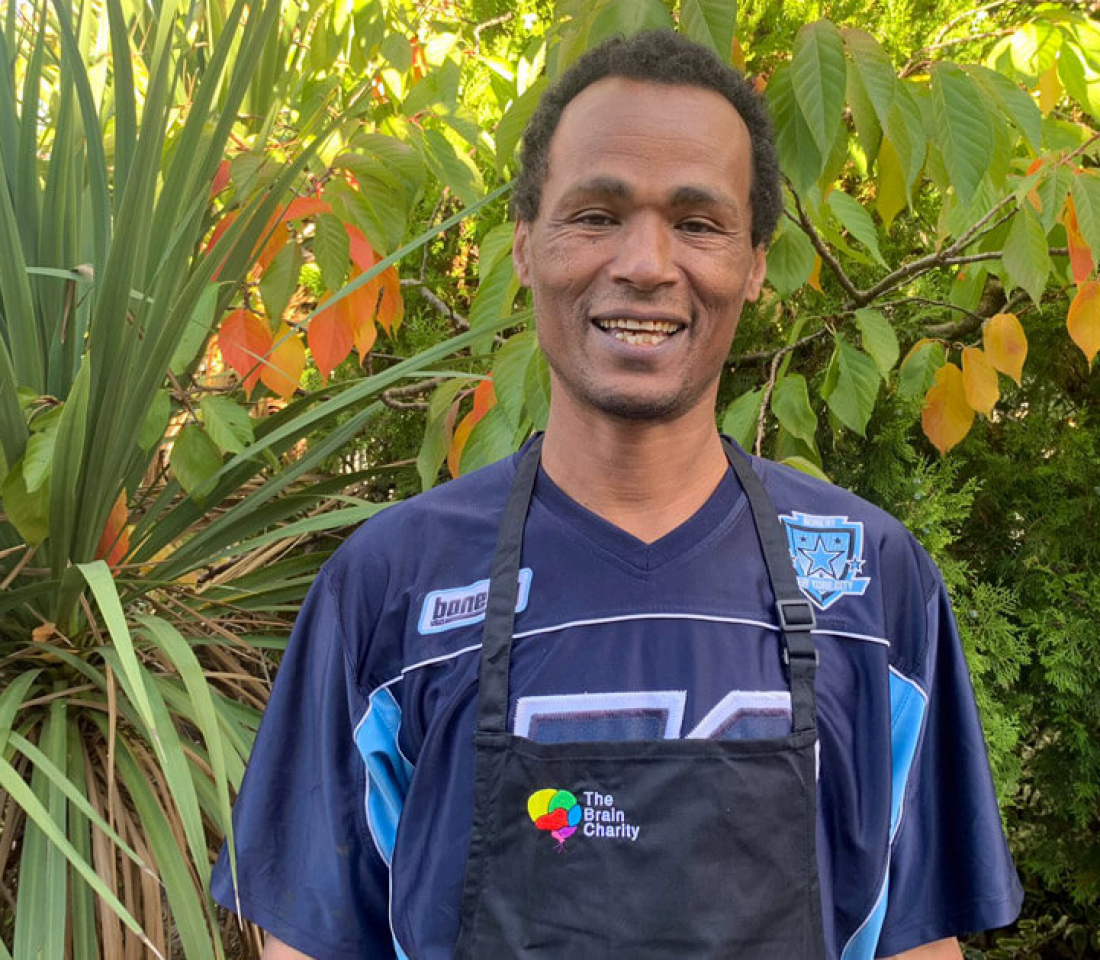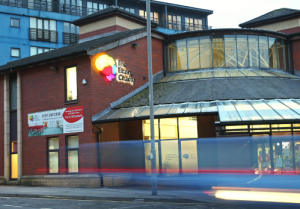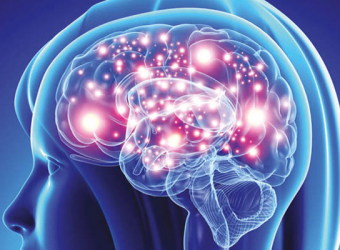
What is neuroplasticity? The brain’s incredible ability to change itself
Engaging in brain training can help alternative neural pathways develop
After a stroke, we can lose connections between brain cells. Other people may gradually lose them due to conditions like Alzheimer’s.
A brain cell without connections will die, but your brain can adapt, strengthen existing connections, and even make new ones.
We know the brain changes dramatically when we’re children growing up. This is known as plasticity – like Plasticine, your brain is flexible, adaptable. And, you can change it. This is called Neuroplasticity.
The brain injury charity Headway explains the role of re-training in rehabilitation after brain injury, as: “During recovery, other areas of the brain take over the activities of the damaged areas and new nerve pathways can be established using undamaged brain cells.
“Engaging in activity helps these alternative pathways to develop.”
When you learn something new, you change your brain. You might have heard of this as ‘brain training’. Give your brain a work out, and you will strengthen brain cell networks.
Stroke survivor Tom Balchin describes re-training as: “Everything you do will rewire your brain and by doing more, you will develop your motor control and gain strength.
“Task-related practice is the ‘number one’ way to retrain the brain.”
To encourage neuroplasticity, try learning a new skill. The Brain Charity runs many social activities you can have a go at. We know it’s good for your well-being – and it will be good for your brain too!
Category: Advice
Published: 18 August 2021
















